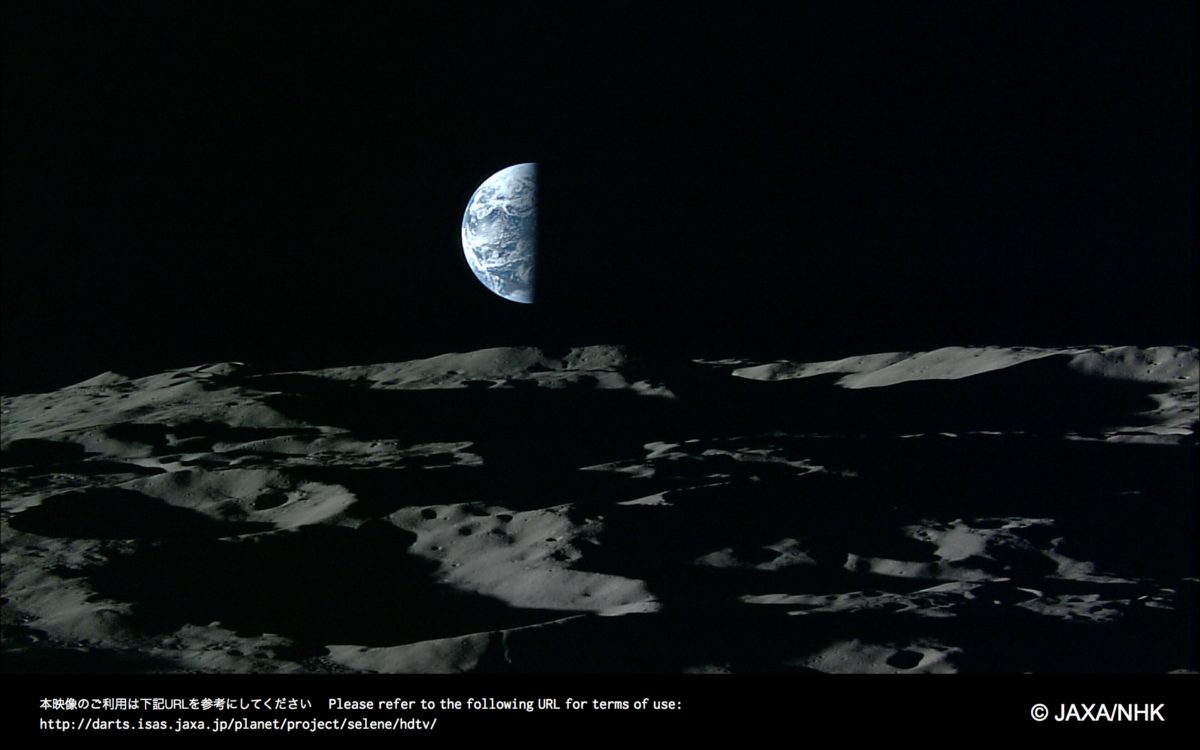Sriparna Saha • Apr 08, 2018
#LPSC2018: What the Moon's craters tell us about Earth's past climate
You might be surprised to learn that studying craters on the Moon can tell us about ancient Earth. That's exactly what William Bottke presented in one of the final sessions at last month's Lunar and Planetary Science Conference (LPSC) in The Woodlands, Texas.
Craters punctuate the surface of the Moon, while the surface of the Earth lacks them. Craters form when asteroids impact planetary bodies. The rate at which craters form depends on the availability of asteroids that hit a planetary body. Earth and the Moon exist in the same space in the solar system, so have been exposed to the same impactor population. But while the moon has hundreds and thousands of craters, their number on Earth barely exceeds 180. Was the Earth simply lucky enough to have escaped being hit by asteroids that ravaged the surface of the moon?
Since early in the space program, scientists have recognized that this difference has to do with Earth's active geology. Earth has weather and tectonics that act to destroy impact craters. But the story may not be so simple. Bottke shared several new ideas about why these craters might be missing from Earth's geologic record.

Bottke applied a new method for dating lunar craters. He focused on lunar craters 10 kilometers in diameter or larger, comparing them with similar-sized craters (diameters exceeding 20 kilometers) on Earth. Most previous methods used for dating lunar craters focused on larger, rayed craters. (The archetypal rayed crater, Tycho, is nearly 90 kilometers across.) Bottke's new age-dating method focuses on thermal properties of the ejecta, the blocky material thrown out of the crater during the impact. As craters grow older, their ejecta become less rocky because of space weathering or burial by ejecta from younger impacts. Essentially, Bottke employed the rockiness of the ejecta to determine a crater’s age.
Bottke's study resulted in several surprises. He found that both Earth and the Moon accumulated craters faster during the most recent 250 million years than they did for the 750 million years before that. The rate was more than twice as fast in the last 250 million years. How could the production of craters have increased so sharply? Since the two populations match so well, the study also shows that Earth keeps (or loses) all craters larger than 20 kilometers in diameter at the same rate, regardless of their actual size.
To answer the riddle of the recent increase in impact rate, Bottke posited that sometime around 250 million years ago, a near-Earth asteroid broke up. This breakup generated a debris field of asteroid fragments near Earth’s orbit, producing the 2.2-times increase in the craters that we see on both Earth and the Moon.
There is a different problem, however, with the population of 20-kilometer-and-larger craters on Earth. All of them have been dated to the most recent 650 million years. But Earth has stable rock deposits called cratons nestled in the interior of most continents. Cratons preserve rocks nearly as old as Earth itself (almost 4 billion years in age) and can act as windows into the deep past. The majority of craters on Earth are found on these stable cratons. So how is it that all their craters are younger than 650 million years old?
To solve this puzzle, Bottke looked at erosion and weathering rates of kimberlites found on the cratons. Kimberlites are rocks that form during events of explosive volcanism. Although they reach the surface, they are rooted very deep in the crust. Therefore, they can act as proxies indicating depth of erosion for surfaces of different ages. Deep erosion of most cratonic surfaces should have led to removal of most kimberlites.But age-dating of kimberlites shows that the cratons erode very slowly -- not fast enough to have erased all large, older craters. Was there some other process that erased them?
The missing piece of the puzzle comes from the study of Earth’s past climate records. Bottke showed that the paucity of ancient craters on Earth may coincide with periods in Earth’s history when its surface was completely covered with ice, the "Snowball Earth" scenario. The most compelling evidence for a Snowball Earth in the distant past comes from geology, which records evidence of glaciation near the equator. As glaciers move across continents, they cause deep erosion, removing kilometers' worth of material from the surface. Bottke proposed that glacial erosion during the Snowball Earth was such an extensive erosional process, especially in the period just before 650 million years ago, that it led to erasure of most of the large impact craters on Earth. However, extremely large impact craters like those at Sudbury (Canada) and Vredefort (Africa), which have very deep roots, survived the glacial scraping.
Support our core enterprises
Your support powers our mission to explore worlds, find life, and defend Earth. You make all the difference when you make a gift. Give today!
Donate

 Explore Worlds
Explore Worlds Find Life
Find Life Defend Earth
Defend Earth

